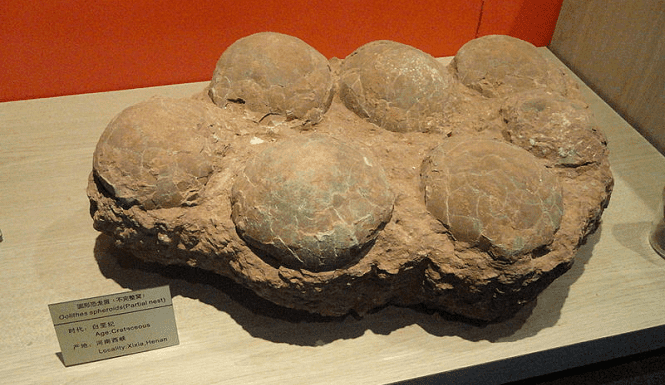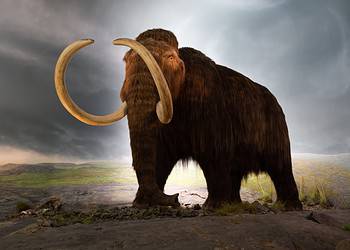
Paleontologists were stoked by the discovery of hundreds of fossilized dinosaur eggs, belonging to various species, in a region of Spain. The dinosaur fossil eggs were said to be about as big as a basketball, while others were smaller. Since eggs belonging to various species were found in the same are, the findings add further evidence to the theory that nesting places were shared by different types of dinosaurs.
The various eggs, eggshell fragments, and dozens of clutches in the stratigraphic layers of the Tremp geological formation from the Coll de Nargo region in Spain have been dated to be between 71 million and 67 million old. The region is thought to have been a marshy region during the Late Cretaceous Period. What’s odd and striking about the finding, however, is how so rich and diverse it is, considering that up until recently only one type of egg had been found in the region belong to Megaloolithus siruguei.
The eggs found this time around belong to sauropods – long necked dinosaurs that were among the largest beasts to have ever roamed the Earth. Eggs belonging to four never before encountered species in the region were also uncovered, belonging to Cairanoolithus roussetensis, Megaloolithus aureliensis, Megaloolithus siruguei, and Megaloolithus baghensis. What’s interesting to note however is that most of these eggs and related egg fragments were extremely closely packed together.
“Eggshells, eggs and nests were found in abundance and they all belong to dinosaurs, sauropods in particular,” study leader, Albert García Sellés said. “We had never found so many nests in the one area before,” he added.
Up until now, only one type of dinosaur egg had been documented in the region: Megaloolithus siruguei,” Sellés said.
The findings surrounding the hundreds of dinosaur fossil eggs were published in the journal Cretaceous Research.






